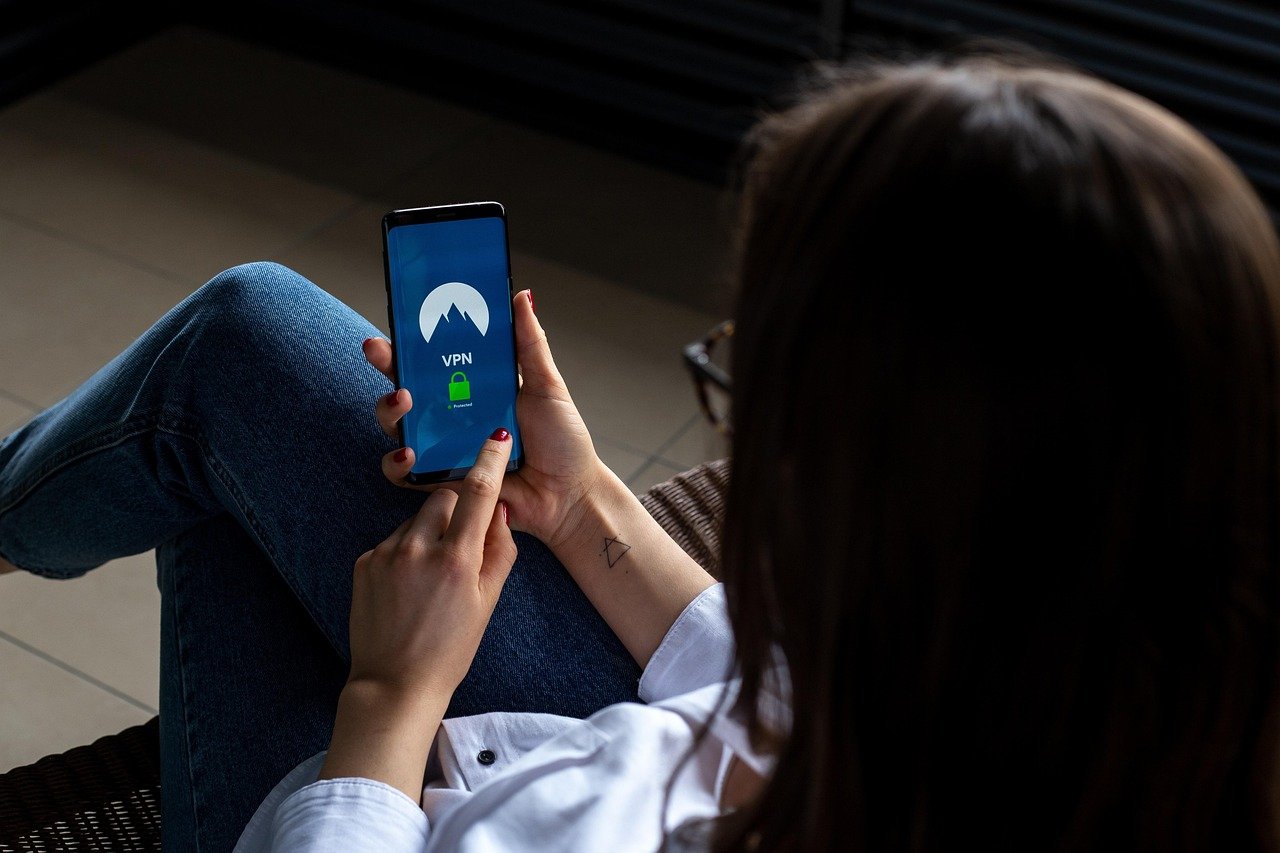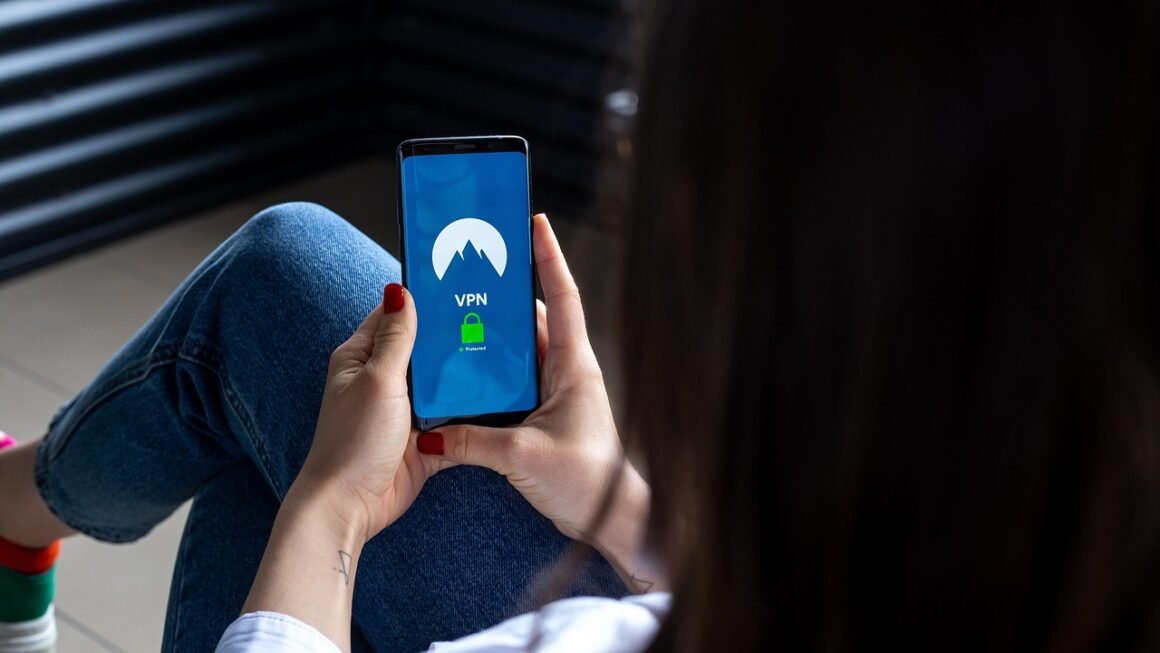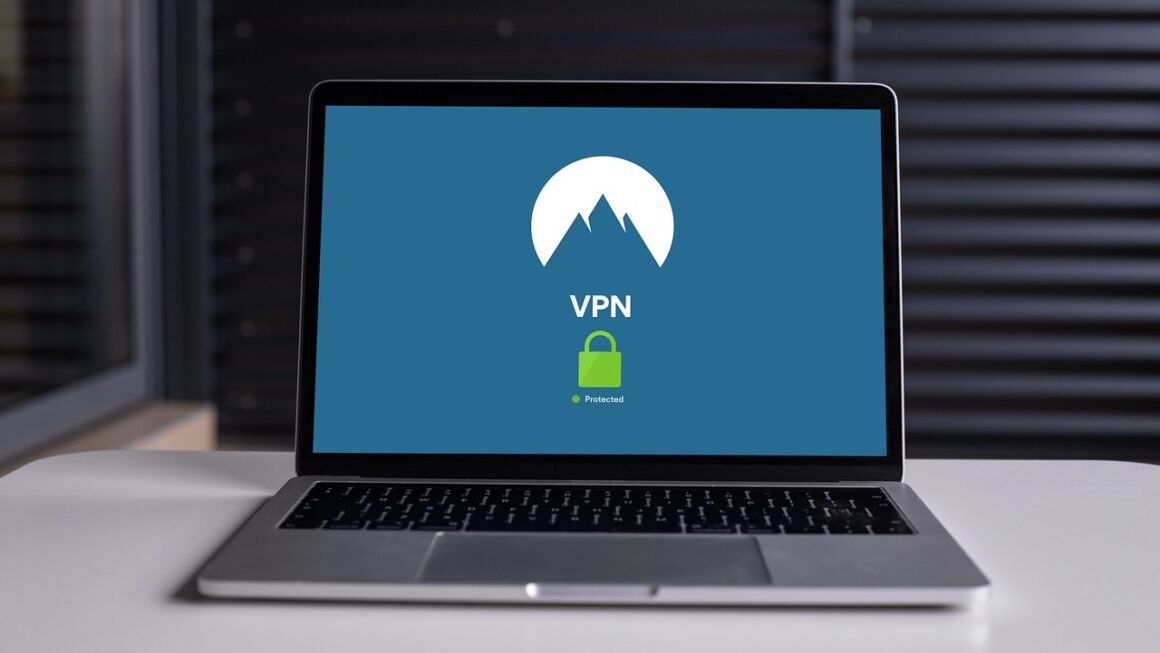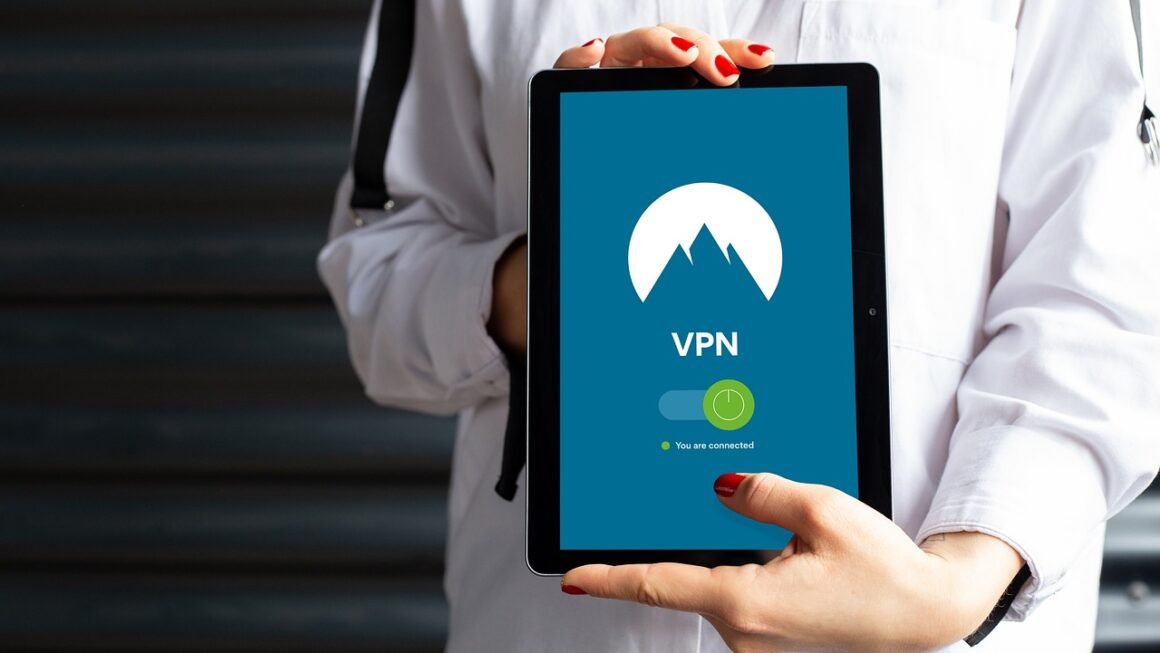Imagine this: You carefully crafted a complex password, diligently memorized it, and regularly update it. You feel secure, right? Unfortunately, passwords alone aren’t enough in today’s digital landscape. Phishing attacks, data breaches, and sophisticated hacking techniques can bypass even the strongest password. That’s where multi-factor authentication (MFA) steps in as your digital guardian, adding layers of security to protect your valuable accounts and data.
What is Multi-Factor Authentication (MFA)?
Defining Multi-Factor Authentication
Multi-factor authentication (MFA) is a security system that requires more than one method of authentication to verify a user’s identity for a login or other transaction. Instead of relying solely on a password (one factor), MFA demands two or more verification factors. This drastically reduces the likelihood of unauthorized access, even if a password is compromised.
The Three Authentication Factors
These factors typically fall into three categories:
- Something you know: This is the traditional password or PIN.
- Something you have: This could be a physical device like a security key, a smartphone with an authentication app, or a one-time password sent to your email or phone.
- Something you are: This involves biometric verification, such as fingerprint scanning, facial recognition, or voice recognition.
How MFA Works in Practice
Let’s say you’re logging into your email account with MFA enabled. You enter your password (something you know). Then, the system prompts you for a second factor. It might send a verification code to your smartphone via SMS (something you have). You enter that code into the login screen, and only then are you granted access. Even if someone steals your password, they still need access to your phone to get the code, making it significantly harder to break into your account.
Why is Multi-Factor Authentication Essential?
Enhanced Security and Protection
The primary benefit of MFA is a significant boost in security. By requiring multiple forms of verification, you create a much stronger barrier against unauthorized access. Even if one factor is compromised, the attacker still needs to bypass the other factors.
- Reduced Risk of Account Takeover: MFA dramatically reduces the risk of account takeovers, which can lead to identity theft, financial losses, and reputational damage.
- Protection Against Phishing Attacks: Even if you fall victim to a phishing scam and unknowingly provide your password, MFA can still prevent the attacker from gaining access to your account.
- Compliance Requirements: Many industries and regulations require MFA to protect sensitive data. Implementing MFA can help organizations meet compliance obligations and avoid penalties. (e.g., HIPAA, GDPR, PCI DSS)
- Peace of Mind: Knowing that your accounts are protected by multiple layers of security provides peace of mind and reduces stress associated with potential security breaches.
Statistics Supporting MFA
Studies consistently show that MFA is highly effective at preventing account breaches:
- Google reported that MFA blocked 100% of automated bot attacks, 99% of bulk phishing attacks, and 66% of targeted attacks.
- Microsoft states that MFA blocks over 99.9% of account compromise attacks.
Example: Protecting Your Online Banking
Imagine you bank online. With MFA enabled, after entering your username and password, you receive a push notification on your smartphone. You tap “Approve” on the notification, confirming it’s really you trying to log in. This extra step protects your financial information even if someone somehow obtains your password.
Implementing Multi-Factor Authentication
Choosing the Right MFA Methods
The best MFA method depends on your needs and risk tolerance. Consider factors like:
- Convenience: How easy is it for users to use the chosen method?
- Security: How strong is the protection offered by the method?
- Cost: What are the implementation and maintenance costs?
- User Acceptance: Will users adopt the new security measures willingly?
Some popular MFA methods include:
- Authenticator Apps (e.g., Google Authenticator, Authy, Microsoft Authenticator): These apps generate time-based one-time passwords (TOTP) that are entered during login.
- SMS Text Messages: A code is sent to your phone via SMS. (Less secure than app-based methods but still better than password only)
- Email Verification: A code is sent to your email address. (Similar security considerations as SMS)
- Hardware Security Keys (e.g., YubiKey, Google Titan Security Key): Physical devices that plug into your computer’s USB port and provide strong authentication.
- Biometric Authentication: Using fingerprint scanners, facial recognition, or other biometric methods.
Enabling MFA on Your Accounts
Most major online services and platforms offer MFA. Look for security or privacy settings within your account to enable it. The process typically involves:
- Locating the MFA or Two-Factor Authentication (2FA) option in your account settings.
- Choosing your preferred authentication method.
- Following the on-screen instructions to set up the chosen method.
- Storing your recovery codes or backup methods in a safe place in case you lose access to your primary authentication device.
Example: Setting Up Google Account MFA
To enable MFA on your Google account:
- Go to your Google Account.
- On the navigation panel, select “Security”.
- Under “How you sign in to Google”, select “2-Step Verification”.
- Follow the on-screen steps.
- Choose your preferred second step, such as Google Prompt, authenticator app, or security key.
Overcoming MFA Challenges
User Resistance and Adoption
One of the biggest challenges is user resistance to adopting MFA. Some users may find it inconvenient or too complicated.
- Communication and Education: Clearly communicate the benefits of MFA and provide user-friendly instructions on how to set it up.
- Training and Support: Offer training sessions and ongoing support to help users get comfortable with MFA.
- Gradual Rollout: Implement MFA in phases, starting with high-risk accounts or user groups.
- Choose User-Friendly Methods: Opt for MFA methods that are easy to use and integrate seamlessly with existing workflows.
Managing Lost or Stolen Devices
What happens if you lose your phone or security key?
- Recovery Codes: Most MFA systems provide recovery codes that can be used to regain access to your account if you lose your primary authentication device. Store these codes securely.
- Backup Authentication Methods: Configure backup authentication methods, such as SMS or email verification, in case your primary method is unavailable.
- Account Recovery Procedures: Familiarize yourself with the account recovery procedures for each platform or service in case you lose access to all your authentication methods.
- Remotely Disable Devices: Some MFA solutions allow you to remotely disable lost or stolen devices, preventing unauthorized access.
Addressing Accessibility Concerns
Ensure that MFA methods are accessible to all users, including those with disabilities.
- Alternative Authentication Methods: Provide alternative authentication methods that are compatible with assistive technologies.
- Clear Instructions and Guidance: Provide clear, concise, and accessible instructions on how to set up and use MFA.
- Support for Assistive Technologies: Ensure that your MFA solutions are compatible with screen readers, voice recognition software, and other assistive technologies.
Conclusion
Multi-factor authentication is no longer optional; it’s a necessity in today’s threat landscape. By adding extra layers of security, MFA significantly reduces the risk of unauthorized access and protects your valuable accounts and data. While challenges exist, the benefits of MFA far outweigh the drawbacks. By implementing MFA, organizations and individuals can take a proactive step towards strengthening their cybersecurity posture and safeguarding their digital lives. Don’t wait for a breach to happen. Implement multi-factor authentication today and enjoy the peace of mind that comes with knowing your accounts are well-protected.



